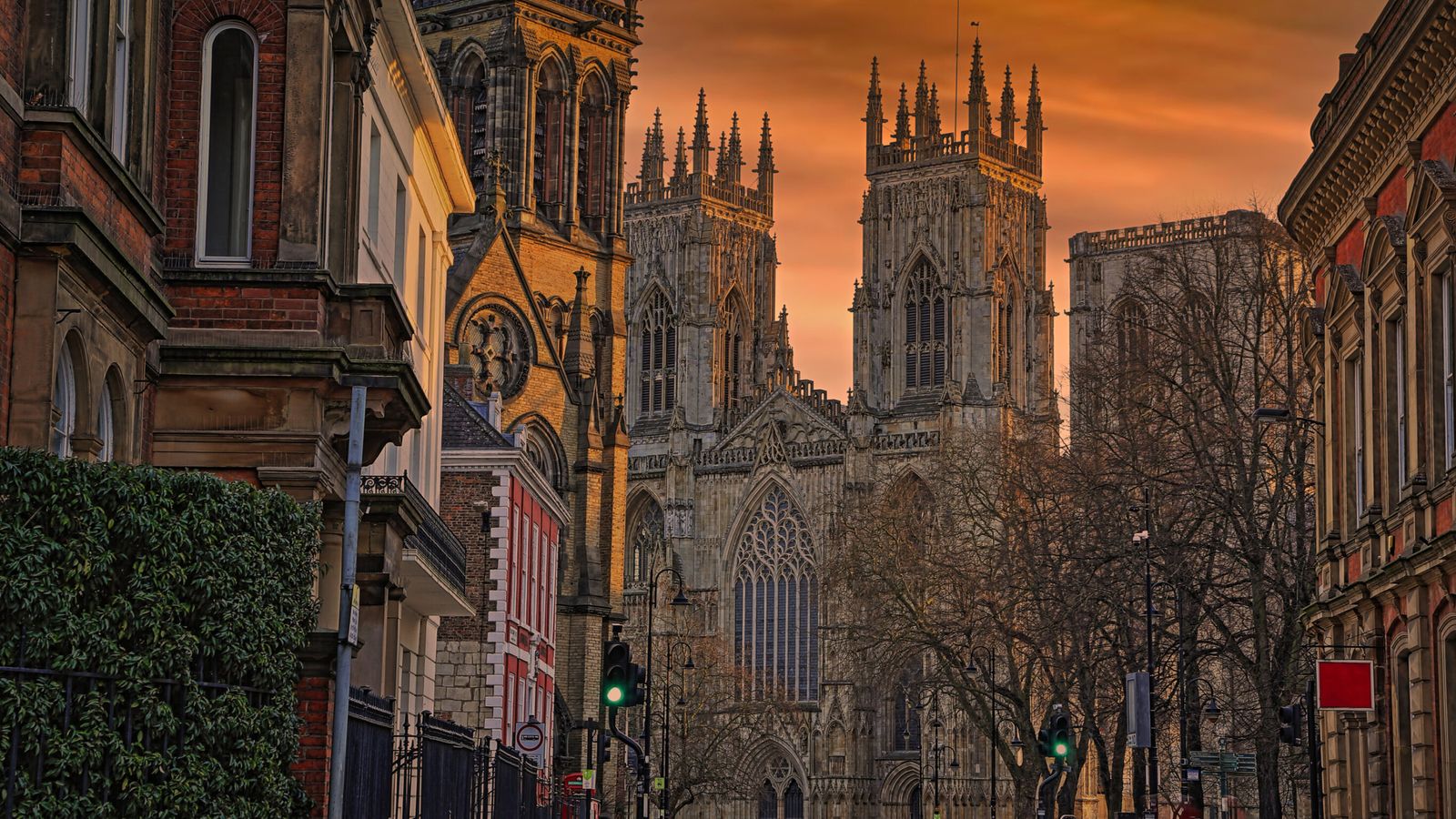Seven sites have received government backing to win UNESCO World Heritage status.
The Department for Culture, Media and Sport (DCMS) publishes a “tentative list” around every 10 years setting out which sites it feels have the best chance of being included.
If successful, the sites will join the 33 other World Heritage sites in the UK or overseas territories, including Stonehenge and Hadrian’s Wall.
The seven sites are:
• York city centre, with its Anglo-Saxon, Viking and Norman history, and civic and religious buildings including York Minster
• Birkenhead Park, which opened in 1847 – a pioneering project to bring greenery to urban environments and a blueprint for municipal planning that has influenced famous sites such as New York’s Central Park
• The Zenith of Iron Age Shetland – three ancient settlements dating back thousands of years
• The East Atlantic Flyway – a migratory bird route over western Europe which includes Yorkshire, Lincolnshire, Norfolk, Suffolk, Essex and Kent
• The Little Cayman Marine Parks and Protected Areas, in the UK overseas territory of the Cayman Islands
• The Flow Country – a large area of peatland across Caithness and Sutherland in Scotland’s north
• Gracehill Moravian Church Settlement in Northern Ireland
The last two submitted their full nominations to UNESCO earlier this year, and remain on the Government’s tentative list, while the other five are new additions.
Heritage Minister Lord Parkinson of Whitley Bay said: “Today we are confirming our support for some of the most enchanting heritage sites and breath-taking landscapes in the UK and its overseas territories as they bid for UNESCO World Heritage Site status.
Emergency and urgent care to be prioritised over routine appointments during junior doctors’ strike, NHS says
Rishi Sunak calls for swift return of Stormont Assembly ahead of President Biden’s visit to Northern Ireland
Coronation route confirmed: King and Queen Consort to use bumpy gold coach one way only
“All the locations being put forward would be worthy recipients of this accolade – and we will give them our full backing so they can benefit from the international recognition it can bring.”
UNESCO World Heritage status is for places that are of “outstanding universal value to humanity” and should be “protected for future generations to appreciate and enjoy”.
Read more:
Liverpool stripped of UNESCO World Heritage status
French baguette secures spot on UNESCO cultural heritage list
Places already recognised include the pyramids of Egypt, the Great Barrier Reef in Australia, Galapagos Islands in Ecuador, the Taj Mahal in India, the Grand Canyon in the USA, and the Acropolis in Greece.
Laura Davies, HM Ambassador to UNESCO, said: “It is great that the UK is contributing to making World Heritage more representative.
“These five sites brilliantly reflect the diversity and beauty of the UK and its overseas territories’ natural and cultural heritage, and I look forward to working with them towards World Heritage listing.”
The DCMS will work with local authorities and devolved administrations to develop their bids.








